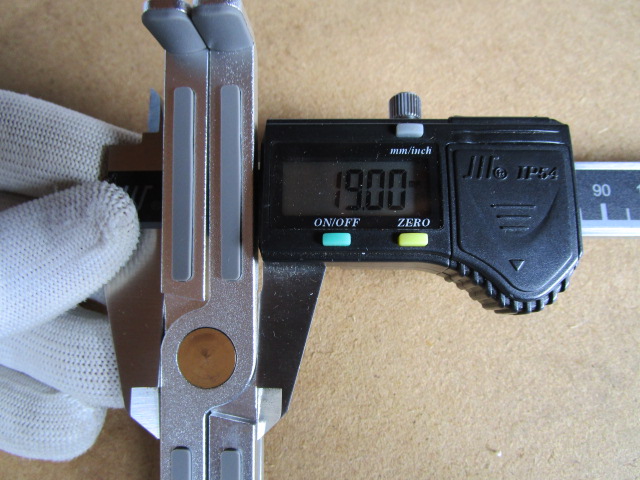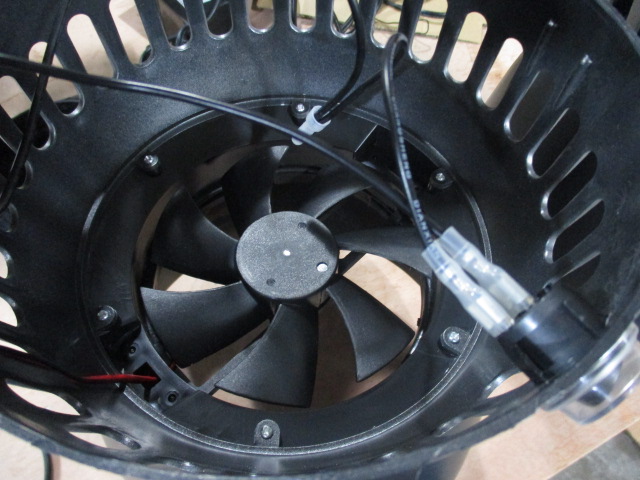
In the world of manufacturing, surface coating plays a pivotal role in enhancing the durability, aesthetic appeal, and performance of a wide array of products. From automotive components to consumer electronics and protective gear, the application of surface coatings is integral to product quality and longevity. However, to ensure these coatings meet the highest standards of quality and performance, rigorous inspection processes, underpinned by international standards, are essential. This article delves into the meticulous testing and inspection protocols necessary for evaluating surface-coated products, offering a detailed roadmap to uphold quality and reliability.
Contents
Importance of Surface Coating Inspection
Surface coatings are applied to protect products from corrosion, wear, and environmental factors, while also providing aesthetic enhancements. The integrity of these coatings is crucial for the product’s lifecycle and functionality. Therefore, a comprehensive inspection regimen is vital to detect any deficiencies that could compromise the product’s integrity, safety, and performance.
International Standards for Surface Coating Inspection
Several international standards provide guidelines for the inspection and testing of surface-coated products. These include:
- ISO 2808: Paints and varnishes — Determination of film thickness
- ASTM D3359: Standard Test Methods for Measuring Adhesion by Tape Test
- ISO 4628: Paints and varnishes — Evaluation of degradation of coatings
- ASTM D4541: Standard Test Method for Pull-Off Strength of Coatings Using Portable Adhesion Testers
These standards offer methodologies for assessing the quality and durability of coatings, ensuring that products can withstand their intended use environments.
Inspection and Testing Procedures
1.Visual Inspection
The first step in inspecting surface-coated products is a thorough visual examination to identify any apparent defects such as bubbling, peeling, cracking, or color inconsistencies. This qualitative assessment provides an initial indication of the coating’s application quality.
2.Thickness Measurement
Accurate measurement of coating thickness is critical for ensuring the product’s performance and durability. Techniques such as magnetic gauge measurements (for ferrous substrates) and ultrasonic thickness gauging (for non-ferrous substrates) are utilized, as outlined in ISO 2808. These measurements confirm whether the coating thickness falls within the specified tolerances.
3.Adhesion Testing
Adhesion tests, such as the cross-cut test (ISO 2409) and the pull-off test (ASTM D4541), evaluate the coating’s adherence to the substrate. These tests are crucial for determining the coating’s ability to remain intact under mechanical or environmental stresses.
4.Hardness Testing
The hardness of the coating is an indicator of its resistance to scratching, indentation, and wear. Methods such as the pencil hardness test (ASTM D3363) provide a simple yet effective means of assessing the coating’s surface resistance.
5.Corrosion Resistance Testing
For products exposed to harsh environments, corrosion resistance is a key attribute of the coating. Salt spray testing (ASTM B117) and humidity resistance testing (ASTM D2247) simulate the environmental conditions to evaluate the coating’s protective efficacy over time.
6.Chemical Resistance Testing
Chemical resistance tests assess the coating’s durability when exposed to potentially damaging substances. These tests involve applying chemicals to the coated surface and observing any changes in appearance, adhesion, or integrity.
7.Impact Resistance Testing
Impact resistance testing determines the coating’s ability to withstand sudden forces or shocks. Methods like the falling weight test (ASTM D2794) gauge the coating’s resilience, ensuring it provides adequate protection against physical impacts.
8.UV and Weathering Resistance Testing
For outdoor products, the coating must resist degradation from UV radiation and weathering. Accelerated weathering tests (ASTM G154) and UV exposure tests (ASTM G155) simulate long-term outdoor conditions, revealing how the coating will perform over time.
9.Documentation and Reporting
Comprehensive documentation of all inspection and testing procedures is crucial for quality assurance and compliance purposes. Detailed reports should include methodologies, results, and any deviations from the expected outcomes, along with corrective actions if necessary.
Conclusion
The inspection and testing of surface-coated products are fundamental to ensuring the highest standards of quality, durability, and performance. By adhering to internationally recognized standards and employing a rigorous inspection regimen, manufacturers can guarantee that their products meet the demanding requirements of today’s markets. Through meticulous attention to detail and a commitment to quality, the integrity of surface coatings can be confidently upheld, ensuring the longevity and reliability of a wide range of products.




